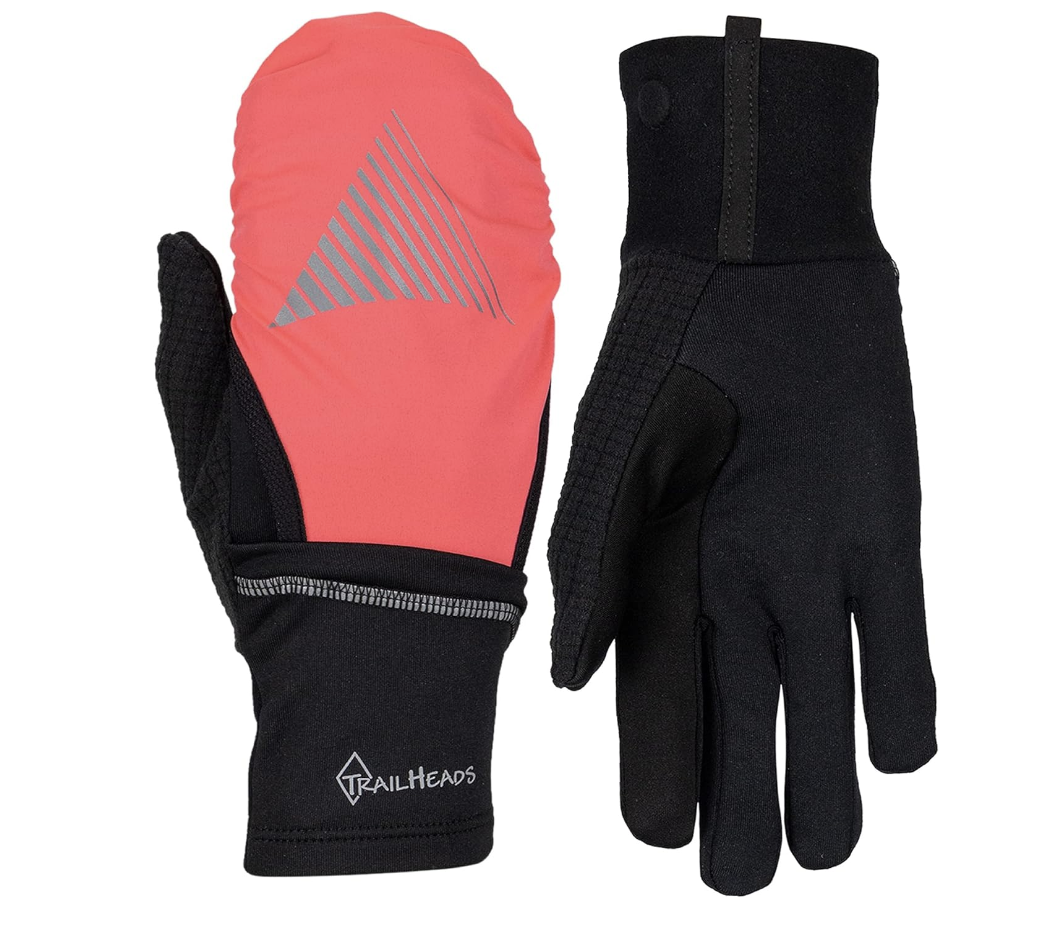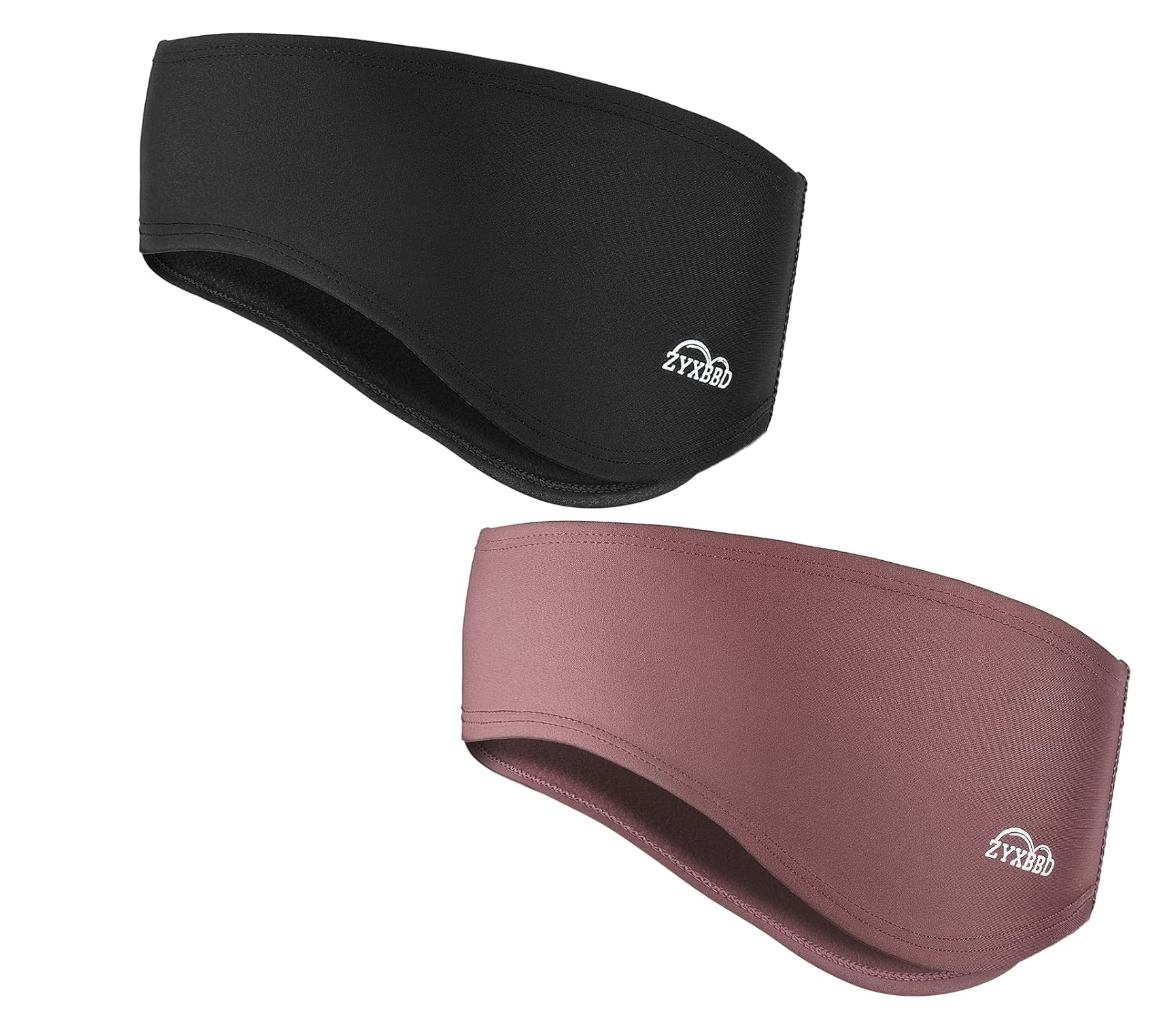Embrace the Chill: A Guide to Winter Running
Photo: Gustavo Fring/Pexels
by RUNGRL Staff
For runners accustomed to the warmth of the summer sun or the mildness of spring and fall, the prospect of running in winter's cold can be daunting. However, with the right preparation and mindset, you can conquer the chill and continue your running journey year-round.
These valuable tips can help with acclimating to winter running, ensuring the colder months become an exciting extension of your running calendar.
Start Slow and Gradual
Transitioning to winter running can be challenging, so start by easing into it. Begin with shorter runs and lower intensity to allow your body to adjust to the colder temperatures. This gradual approach minimizes the shock to your system.
Layer Up for Comfort
Layering is key to regulating your body temperature during winter runs. Wear moisture-wicking base layers to keep sweat away from your skin, insulating layers for warmth, and a windproof and waterproof outer layer to shield against the elements.
Winter-specific running gear can make a world of difference. Consider items like thermal tights, moisture-wicking socks, insulated gloves, and a thermal headband or beanie. Quality gear keeps you warm, dry, and comfortable so you can focus on your miles and not how freezing you feel.
Warm-Up Indoors
Before heading out into the cold, warm up indoors with dynamic stretches and light exercises. This primes your muscles for the cold weather and reduces the risk of injury, plus you get a few more minutes of warmth before you have to head out to brave the run.
Embrace Daylight Hours
Winter brings shorter daylight hours, which means less time to run in the sun. Aim to run during daylight when visibility is better—think lunch time or mid-day runs. If this is not possible due to your schedule, invest in reflective gear and a reliable headlamp to stay safe during evening or early morning runs.
Hydrate and Nourish-even in the cold
Even in cold weather, staying hydrated is crucial. Drink water before, during, and after your run. Fuel your body with carbohydrates and proteins to keep your energy levels up during winter runs.
Mind Your Footing
Photo: Gifs.com
Slippery surfaces can be a hazard during winter. We all remember that one super-confident runner who told the news crew that running in snow was no problem, only to quickly find out otherwise (yikes).
Although it happens to the best of us as runners, don’t be that girl. Invest in running shoes with good traction and consider adding traction devices like spikes or studs to your shoes for added grip on especially icy terrain.
Listen to Your Body
Photo: Gustavo Fring/Pexels
Your body may react differently to cold weather. Just because a 10-mile long run may feel like a normal distance for you during warmer weather, doesn’t mean you’re conditioned to do the same in the cold. Pay attention to signs of frostbite or hypothermia and know when to cut a run short or reschedule. Safety should always be a priority.
Accept that your winter pace may be slower than in warmer weather as well. Adjusting your expectations and focusing on maintaining consistent effort rather than speed can help you improve your endurance in this new environment until you are able to tackle cold runs at your usual pace.
Have a Winter Contingency Plan
Whether the weather is awful, or you just can’t hype yourself up for a cold run this week, having a backup plan is always a good idea so that you’re prepared to pivot instead of skipping your run altogether. Whether you have a great treadmill workout in mind, or other indoor running spaces that are safe and accessible, having other options in your back pocket will help keep you on track and consistent with your winter conditioning.
Post-run Recovery
After a winter run, change out of wet gear promptly to avoid getting chilled. Enjoy a warm beverage, like herbal tea or hot chocolate, to help raise your body temperature and aid in recovery.
Winter running can be a rewarding experience, offering a unique opportunity to stay active and enjoy the beauty of the season. By following these tips and embracing the chill, you can adapt to winter running and maintain your running routine throughout the colder months. Remember, the only thing colder than the winter air is the regret of missing out on those invigorating runs.
So lace up, bundle up, and hit the winter trails with confidence and determination!










